Dwell Time: The Most Important Metric You’re Not Measuring
Considering people are usually on the move when they see and read advertisement on traditional and digital outdoor media by the side of road (be it LED billboard, hoarding, unipole, FOB, gantry, wall wrap, skywalk, BQS etc), there's not a lot of time to make the advertising message stick.
The most important thing about outdoor media design by the side of road is its effectiveness when viewed from a distance. Unlike a magazine or newspaper ad that one can stare at for closer look, one can’t just slam on the brakes or throw the car into reverse to get a better look at a billboard, especially if one is moving at 50-70 kms per hour on the busy road. Generally it is said that outdoor advertisement gets just 3-4 seconds of attention span from the people who are on the move to make the message stick. While this statement is half true but factually incomplete. That being said it is very important to understand the concept of Dwell Time of each outdoor media which is entirely location and traffic pattern based.
AdMAVIN based on its proprietary algorithm has developed a way to calculate the Dwell Time. Dwell Time is a function of speed of the traffic and distance of the observer from the media site specific to a given geo location. It is the actual length of time during which viewer gets exposed to the media once the viewer enters viewability zone before crossing it. It is a viewer-based metric that combines the geo location data, traffic pattern and media site metrics. Simply put, higher and longer the Dwell Time better the visibility quotient of the OOH media as it indicates that the viewer has consumed most (if not all) of the content put up on the outdoor media by having multiple mini glances during the entire length of Dwell Time related to a particular media under consideration. Dwell Time is the new buzz word.
AdMAVIN not only provides Dwell Time specific to the geo location but also for the traditional outdoor media by the side of road specific to a given geo location (be it LED billboard, hoarding, unipole, FOB, gantry, wallwrap, skywalk, BQS etc) which is part of the OOH media plan. At the moment it covers top 40+ cities which account for nearly 60-70% OOH ad spend.
Below is the Dwell Time for few select locations from Top 8 metros
|
Sl.No. |
City |
Location |
Dwell Time |
|
1 |
Delhi |
Near H.O.D., Green park |
33 Seconds |
|
2 |
Delhi |
IFFCO chowk bus stop |
29 seconds |
|
3 |
Mumbai |
Marine Drive, ET |
43 Seconds |
|
4 |
Mumbai |
W.E.H., before Vakola flyover, Morning Traffic |
60 seconds |
|
5 |
Chennai |
Mount Road Wallajah Signal |
51 seconds |
|
6 |
Chennai |
Saidapet Opp Audi Show Room Towards T.Nagar/Nandanam |
52 seconds |
|
7 |
Kolkata |
AJC Bose Road Flyover |
22 seconds |
|
8 |
Kolkata |
Forum Mall Exit, Sarat Bose Road |
41 seconds |
|
9 |
Bangalore |
M.G.Road Towards Anil Kumble circle |
46 seconds |
|
10 |
Bangalore |
Brigade Junction |
76 seconds |
|
11 |
Hyderabad |
khairthabad Flyover, Towards Khairthabad circle |
37 seconds |
|
12 |
Hyderabad |
Paradise, Nehru Nagar to Begumpet |
44 seconds |
|
13 |
Ahmedabad |
Vastrapur lake, OPP.Himalaya Arcade |
58 seconds |
|
14 |
Ahmedabad |
Satellite Road, Near Sita Tower |
51 seconds |
|
15 |
Pune |
Fergusson College road - Tukaram Paduka Chowk |
47seconds |
|
16 |
Pune |
Nagar Road - Viman Nagar road junction near Phoenix Mall |
44 seconds |
Source – AdMAVIN powered by MAVIN Admeasurement Engine
MAVIN Campaign Planner Geo location based Dwell Time output overview
Advantages of Dwell Time in Outdoor Media Planning
With MAVIN Dwell Time reengineering, now media planning of the brand campaigns can be done more strategically and tactically. Higher the Dwell Time higher the text content and less imagery on the brand creative while lower the Dwell Time, higher the imagery and lesser text on the creative that is supposed to be put on any OOH media sites. Thus even when a media or location which has less Dwell Time but found to be a good fit, can still deliver upon the campaign objective.
Dwell Time benchmark can be set ensuring right geo location and media selection, in turn ensuring higher visibility for the brand campaigns on outdoor media.
Suitability of the area and media can be verified beforehand and thus wastage and spill over can be avoided resulting in better ROI.
Avg. Dwell Time X Average Daily Impressions provides total hours of exposure time of the campaign on daily basis. For example – IFFCO Chowk Bus stop geo location Dwell time is 29 seconds when multiplied by 76,116 average daily impressions (22,83,480 Estimated impressions (OTS) / 30 days), the outcome is 22,07,364 seconds or 613.15 hours exposure time on a daily basis .
With the Dwell Time data and hourly traffic profile, media owners with networked LED billboards / LED screens can create prime time and non-prime time slot based rate cards for their media leading to optimization.
Dwell Time frame work is powered by MAVIN engine. The Dwell Time frame work has been embedded into MAVIN Campaign Planner. AdMAVIN is recrafting the narrative and envisaging new ways of using the audience measurement data to leverage the data-driven planning tool in an increasingly digital world and empower the Brands, OOH media agencies and media owners (small, mid and large scale) to create scientific approach to decision making and strategy, media planning and campaign delivery. The beauty of AdMAVIN platform is that it lets its users simulate multiple permutation and combinations of audience and media measurement data points thus empowering them to take the right decisions on campaigns which are time bound.



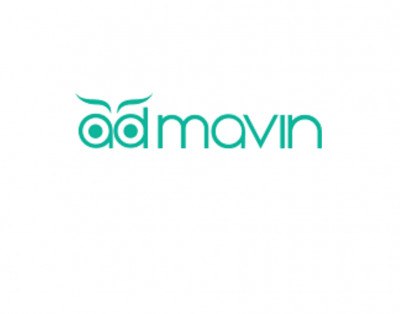
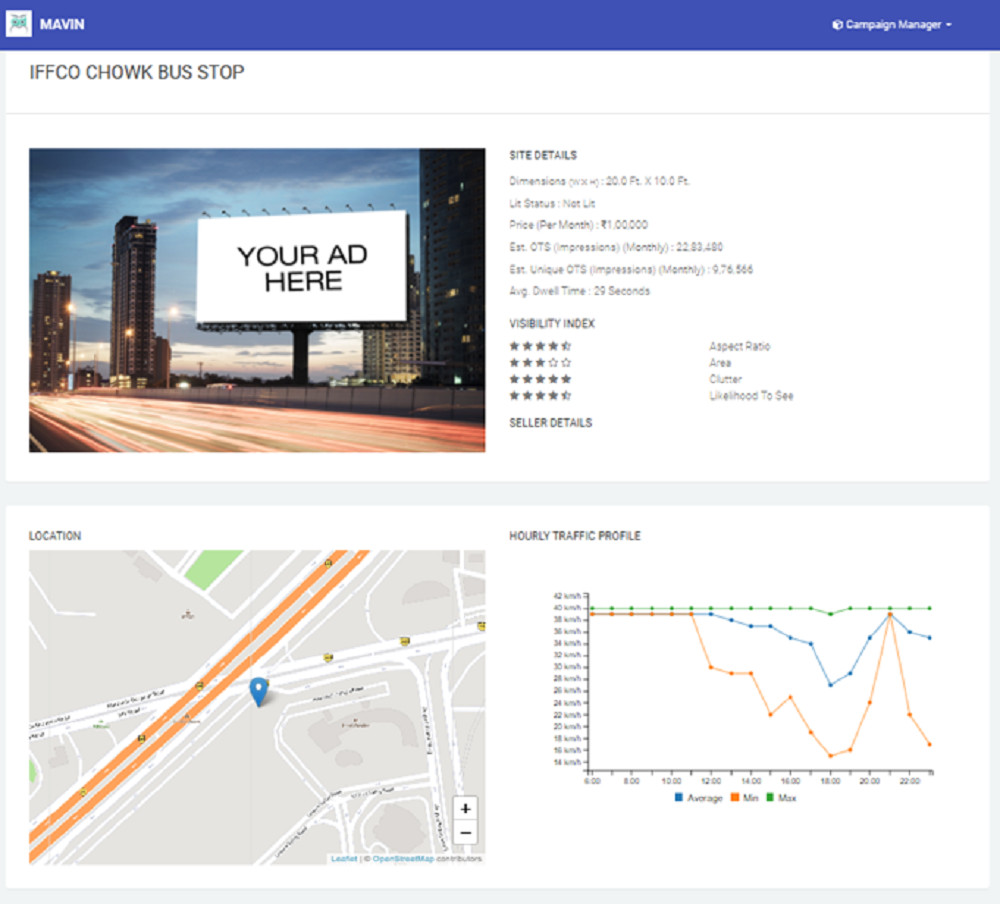
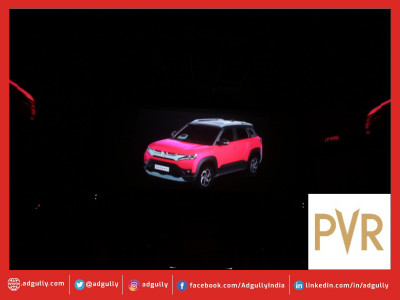



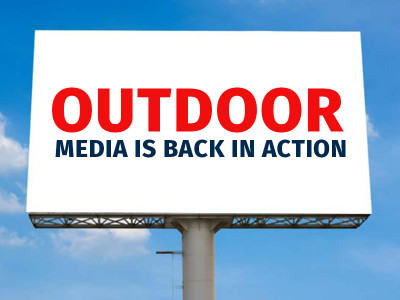



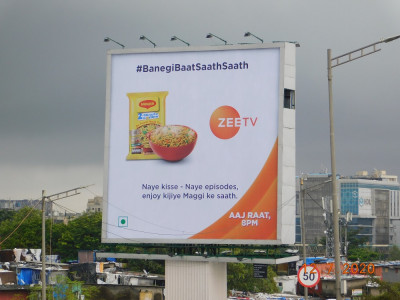





Share
Facebook
YouTube
Tweet
Twitter
LinkedIn